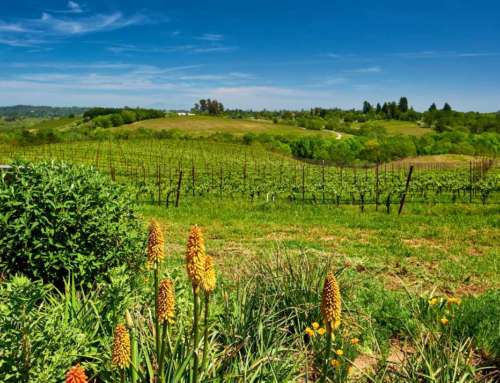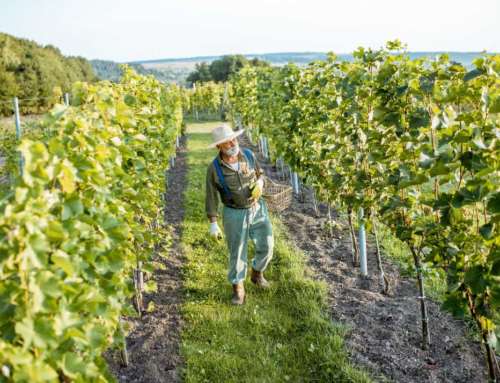The reasons why wineries should commit to wine tourism in 2023

New year, new resolutions and new goals. 2023 has just begun and there are less than two months to go until FINE #WineTourismExpo is held on 1 and 2 March at the Feria de Valladolid. One of these objectives for both new and older wineries is to invest in their facilities through one of the most popular activities, wine tourism.
A safe bet
Wine, as a beverage that has been present in Western societies since time immemorial, has always been an important economic activity. In Spain, data show the importance of grape fermentation. In our territory there are almost one million hectares of vineyards and the volume of wine produced is between 35 and 40 million hectolitres.
With something as precious as wine and with an increasing number of followers, it was only a matter of time to start investing in an immersive option in which wine enthusiasts can see how it is made, as well as a series of extras to create a unique experience.
Spain has a huge variety of wine tourism routes, as well as a tourist profile that brings in a significant amount of money. One of the latest reports published by the Spanish Association of Wine Cities (ACEVIN) states that wine tourists spend an average of 500 euros per stay. A more than reasonable price, since the experiences offered by the wineries include gastronomic options, relaxation or other types of services apart from knowing how wine is made.
What are the reasons for wineries to rely on wine tourism?
Obviously, the main activity of any winery is winemaking. The final product that is packaged in the bottle is the alma mater and, most of the time, it is the lure for people to come to your headquarters, museum, etcetera. The prestige of a good wine is the cornerstone and completes the circle.
Wine tourism is one of the pillars for building a tourism model based on economic, social and environmental sustainability and the economic development of areas of so-called ’empty Spain’. And the national wineries have enough potential to be a global icon of the sector.
The curiosity of the wine consumer ends with the creation of these routes. The visitor is immersed in everything related to his favourite wine: where it is made, tasting it next to the barrels…
The only problem with wine tourism lies in the fact that it requires a certain investment capacity, within the reach of big names in wine. A disadvantage for small wineries that have an excellent wine, but facilities that cannot support a certain number of visitors.
The company must not only get involved with wine tourism in terms of facilities. It must form a strong communication team to form an eye-catching strategy to opt for repeat visitors or seek new customers. In fact, large wineries are opting to create or outsource this function to communication agencies that focus only on wine tourism activity.
Finally, the motto “divide and conquer” must be engraved in the heart. A vintage may not turn out as well as the company had hoped and, if wine sales are the only source of income, viability may be compromised. With a significant wine tourism activity, it is a tactic to avoid being dependent on a single source of financing.







